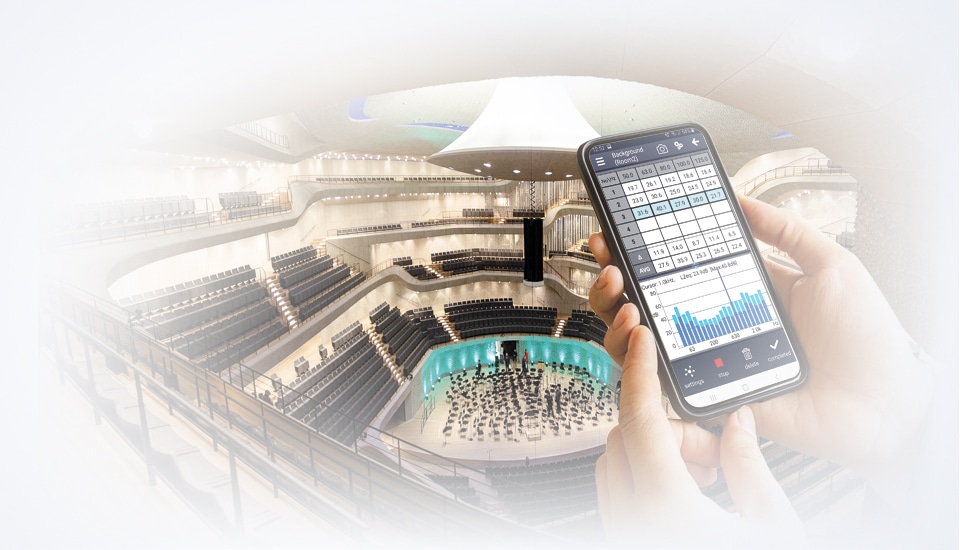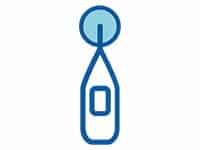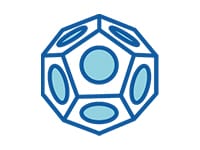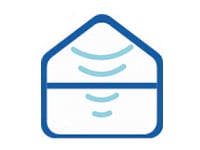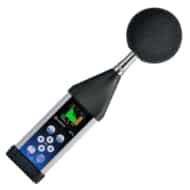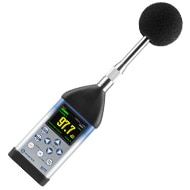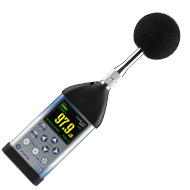Equipment and procedures compliant with ISO and IEC standards
The instruments for measuring building acoustics shall meet the requirements for a Class 1 instrumentation in accordance to IEC 61672-1. The octave and 1/3 octave filters shall meet requirements of a Class 1 in accordance to IEC 61260. The reverberation time measurement shall comply with the requirements of ISO 3382-2.
The sound level meter shall be calibrated before and after series of measurements with the Class 1 calibrator in accordance to IEC 60942. The unit should be verified at the accredited laboratory at intervals not exceeding 1 year.
Rubber ball is an alternative for tapping machine, used by dropping vertically from 100 cm. Useful to assess soft impacts Impact Ball is used for sound insulation testing in light weight structures where a standard (tapping machine) impact sound source would create too much impact force.
